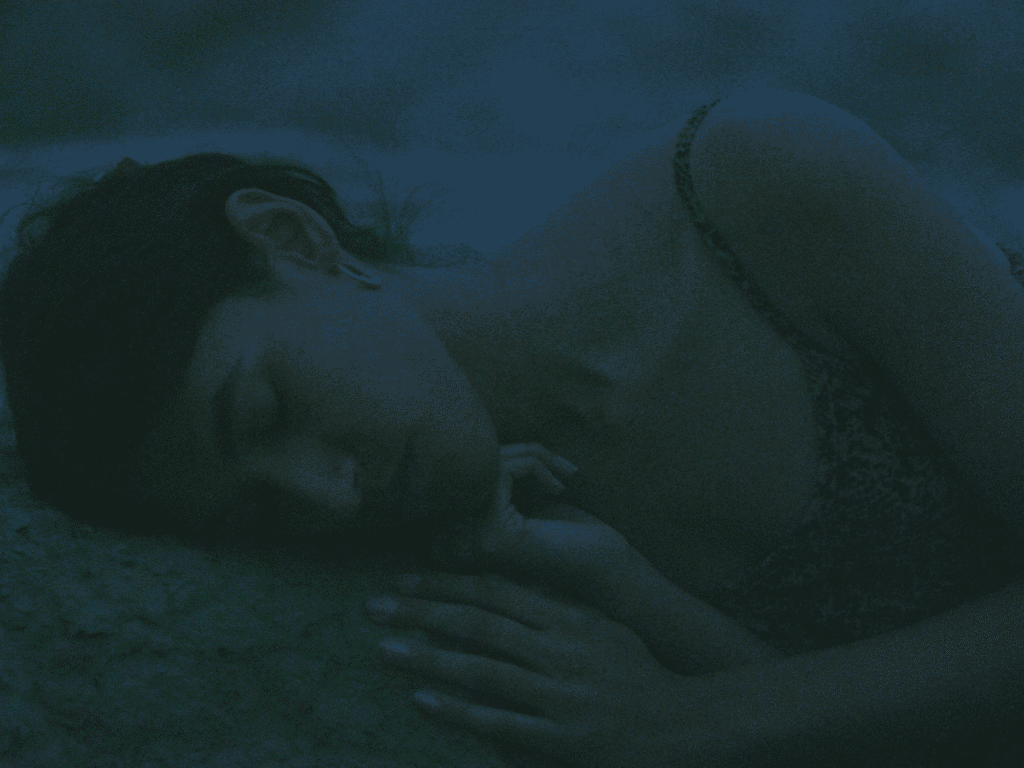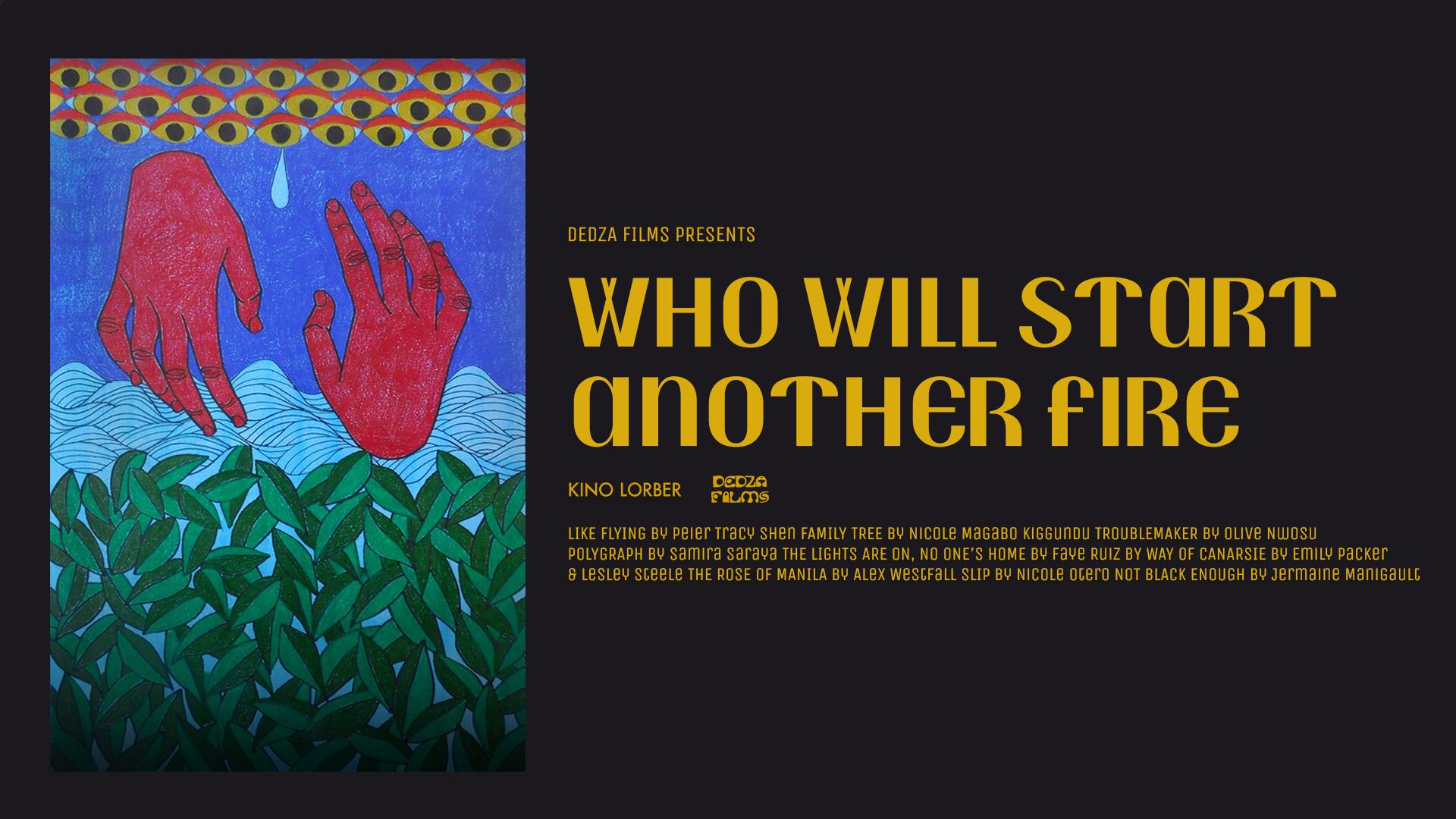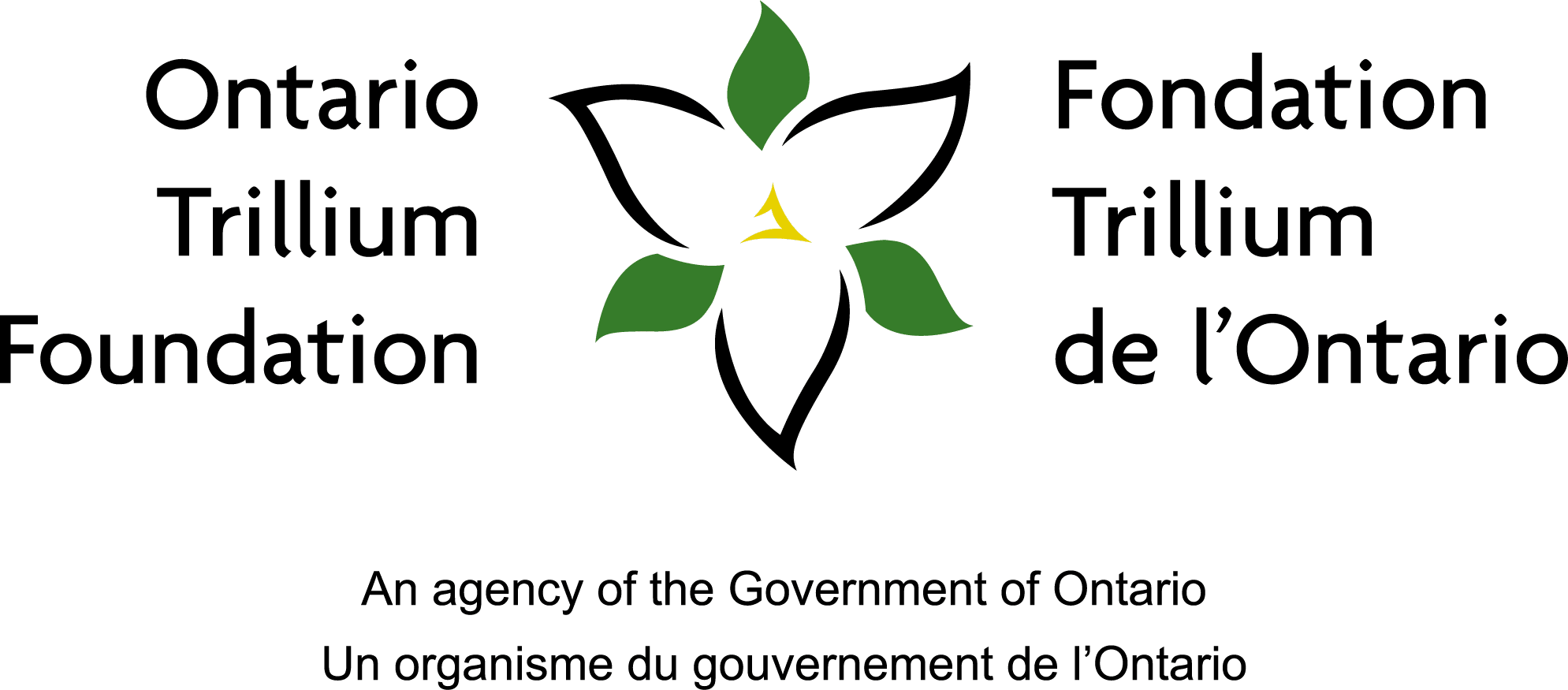Who Will Start Another Fire features 9 short films from international BIPOC filmmakers and is the first release from distributor Dedza Films, spearheaded by 21-year-old Kate Godwe and critic Aaron Hunt. Below is our conversation with Palestinian-Israeli director Samira Saraya and Latinx director Faye Ruiz. Here they discuss their directorial debuts, auto-fiction, homeland, and navigating queer identity in restrictive spaces.
The interview has been edited for clarity and flow and touches on explicit content.
Tel Aviv-based Samira Saraya has a background in nursing, but later went on to pursue a career in acting, where she’s appeared in various critically acclaimed series such as Minimum Wage and Fauda. POLYGRAPH is her directorial debut, following the unravelling of a relationship between Yasmine (Saraya), an openly lesbian Arab nurse and Or (Hadas Yaron), an intelligence officer in the Israeli Defense Forces who’s been informing on their relationship. POLYGRAPH is the first film in the history of Palestinian cinema to feature an openly lesbian couple.
Faye Ruiz is a Trans Latinx filmmaker based in Tucson, Arizona. THE LIGHTS ARE ON, NO ONE’S HOME is her debut, and follows Mar (Ruiz) a Trans woman who returns to her hometown in an attempt to reckon with the past and embrace change. It is an exploration of the intersections of Latinx identity, Trans identity, but also addiction and grief. THE LIGHTS ARE ON, NO ONE’S HOME was selected for the 2021 edition of BFI Flare.


Courtesy: Dedza Films
Hey Faye and Samira! Thank you for joining me today — and congratulations on both of your films and the premiere of Who Will Start Another Fire. Both films really struck me. They elegantly handle the complexities of identities that are trying to exist in an environment that restrains them.
CJRU: I suppose I could ask both of you: what was the process of fictionalizing and turning your own lived experiences, that speak to the most personal parts of yourselves, which are constantly being denied their existence, into cinematic pieces? Did this process of adaptation feel liberating and cathartic, or was it in many ways a scary process?
RUIZ: Well, I guess for me, it was in some ways cathartic. I feel like a lot of what the film covers was stuff that I had already made, sort of, my own peace with. I think it was more about reflecting the experiences and feelings that I have felt in the past and laying them to rest. I feel like in doing that, it made things a little more difficult because some stuff was obviously fictional, but some of it was real. So it had this closeness that I hadn’t really had with other short films before. It was a little bit difficult in that sense, but I also loved the blending of fiction and my lived experience.
SARAYA: I think for me, dealing with this story, I was dealing with my emotional and psychological situation when I was inside this relationship. I was understanding, after we separated, that a really large part of me wasn’t — I don’t want to say existing — but wasn’t present. I even made it invisible to myself. It was only later that I realized I wanted to deal with it in a cinematic way, as well as making it a platform to discuss not only my personal story, but also to take it to wider questions about our society. The Israeli, the Jewish and the Arab society. Can they exist in a relationship when the practice of the Israeli society is militaristic?
I remember when I saw the footage for the first draft cut, I was crying to myself, I said to myself, “Who is this person that was in this relationship? I was, like, a shadow of myself. So, it was kind of therapeutic for me. But I wanted as well, on the one hand, to make it a story where I can discuss this society in general. I wanted it to have a kind of documentary feeling so that people who do not know the story, or who do not even know the language or what happened understand it.
CJRU: Both of you play the protagonists, and in some sense, I imagine, yourselves. How did that feel, to be both in front of the lens and behind it?
RUIZ: I definitely found in some ways it was good because I am a bit, not like a control freak, but I just love to be invested in every part of it. So in some ways it was nice to be the actor and the person who was directing. But it was difficult in the sense that I very much had an internal idea of what I wanted from each scene, and it’s basically like talking to yourself: ‘Okay, so we’re going to do this, this is what the scene is going to be.’ And then, when you don’t necessarily hit it, especially with some scenes that require maybe more leaning into or an emotional touch, it’s difficult to get yourself there. Especially with the crew around. But it was in many ways a fun challenge. I think about what Samira said, about having people you trust on set, it’s very reassuring. I think sometimes I have difficulty seeing something I’ve done or implemented from an effective view. So, it’s nice to have someone say, “No, that was good, like, we got it. We’re happy with this.”
SARAYA: It was really challenging in a few ways. First of all, because I didn’t want to play it myself. I found it difficult to find an actress, a Palestinian, Arab woman that is willing to be in a lesbian sex scene. I didn’t give up on the sex scene in order to find the actress because for me, it was a very political scene. It is the heart of the story.
You know, it’s not that I wanted a sex scene, although it’s a very nice thing to see. [laughs] But it was part of the same idea, that even when we are naked from all the titles and definitions, the power relationship is still there.
I found a lot of political difficulty [finding an actress]. There are some actors who are not willing to play in such a film because the starting point of this relationship: a relationship between a Palestinian and Israeli officer in the army, is unnacceptable for them as human beings. They couldn’t do it as actors, you understand?
It was always a question for me, directing a character when I’m part of the scene. There are benefits of it, when the director is part of the scene. There are things that you feel when you are in front of the actress in the middle of the scene, that you don’t feel when you are behind the screen or monitor.
CJRU: Homeland is something that roots both films, and both portray difficult, conflicting emotions about the place you’re from. In The Lights Are On, No One’s Home, Faye, you explore the complexities of your Latin and Trans identity, but also addiction and grief. And in Polygraph, Samira, you subtly illustrate the kind of reality Yasmine faces, living under a state of constant vigilance. Are your films an effort to understand the complicated place you grew up in?
RUIZ: I think for me, part of what drove me to make it was this feeling that I had. The bridge in the beginning of the film; there was a real bridge that, when I was making another film in school and we had finished shooting for the day and we were driving past it and I saw they were taking it down. It was gone.
After that I sort of noticed how the ways in which the neighbourhood that I lived in was changing in ways that would reshape how I move through them and how I would think about the places that were now gone. I was graduating school, eventually I’m going to leave, and I just had this feeling that I would come back one day and it would all be different. I wouldn’t have any connection to it in the way that I did once. I feel like that feeling of loss and the more intimate losses that surround that were what drove me to lean so heavily into the setting and make it so integral to the story.
SARAYA: I spent many years exploring and trying to understand the sphere and the actual feeling of the body itself, the flesh itself, this sphere that’s wrapping us: the Palestinians who are existing in Israel.
Even just running on the beach, when I run by the Jaffa Museum, where it’s this house; the leftovers of a neighbourhood of thousands of people living here and it was vanquished, and they only left one house and made it a museum for the celebration of freeing Jaffa. So this whole sphere is so violent and erases me by existing, without even doing anything active. Like in the boulevard, a boulevard named after a guy asking for transfer for the Palestinians. So many things are wrapping around us, and it’s not visible, you know? People do not understand what it means to walk in the streets of Israel for us Palestinians, and they don’t talk about it. I thought I wanted to, in this short film, bring in from the outside, images of Yasmine just driving in the streets of Tel Aviv.
Let me tell you, the week we drove with the camera in Tel Aviv, it’s not an art. There’s some people who told us: “Wow! The scenes — how did you manage to do this art?” And I said, “No baby, this is our life. I drive and there’s soldiers around me and there are sirens and all of this militaristic atmosphere that we live in.” So people who are not touched by it, don’t feel it. Yes this is my life, and even if I’m not living with an Israeli soldier in my house, it penetrates my life all the time. So yes, there’s a big discussion on the homeland through the visuals that I chose.
CJRU: I’ll ask both of you about your own visual styles since both of them are starkly different. As for The Lights Are On, No One’s Home, you used a lot of film photographs as well as some stop motion and the colour palette is saturated. It kind of reminded me a little bit of Wong Kar Wai. How did you develop that style?
RUIZ: Yeah, well I think something that was important to me, because the film deals with a present timeline and a past timeline as well, was that I wanted to create a kind of dream state. I think for me, what informs the visual style is kind of wanting to present very much this character and how they’re experiencing it. So we move through time, almost in a kind of stream of consciousness.
And then in the case of Polygraph, I think it is different in the sense that it’s, like you said, Samira, documentary style. You expanded on this earlier, but could you add a little bit on how you got to that point?
SARAYA: First of all, I love realism. This is a fact. I love realism. I enjoy other movies, but in the case of my art, I like realism, as closer to the real world, and this is why I chose this. You see the shots, there’s no cuts.
Like, if we take the first scene, when they are in the bed, I can see it as a film. It’s a one-minute-and-a-half story about two women, and it’s, you know, romantic lighting, smooth. They both are in the frame, and suddenly the outside comes: the sirens. This is the first time that the frame holds them together, and then there’s the move. They turn. The power dynamic is turning around, you know? At the beginning, she is on top of me. But this siren reminds me of our power struggle, so I take over and fuck you. This is the story there. This is the moment that the interesting thing becomes, not the framework they’re both in, but the gap between them. In that space it’s as if reality opens between them.
I just wanted to, as I told you, make it as realistic as I can.
CJRU: What were some of your influences in your cinema? This could be directors, but really anything really that struck you to pursue this line of work.
RUIZ: It was kind of like, well, film seems like a fun thing to do. Before I did film I did dance for a long time. I really loved dance, you know having groups of people and choreographing and making specific choices on costuming and things like that. When I put it that way, my segue into film makes a lot more sense. I’ve always liked several different art forms. I feel like what I find really appealing about film as a medium is that it’s a culmination of a bunch of different things, and we are all working together to build this one thing. I love to work with people and collaborate with people, and in that way, it feels like the perfect medium. I love to get very involved in the process, whether it be costuming, music, cinematography, that’s why I’m really attracted to film work.
SARAYA: The first start was when I was 13, and it was by writing poetry. So, first of all, I’m a poet. Maybe you will be surprised: I’m an actress. The first thing I started to do was acting, but I didn’t study acting. The thing I studied in university was nursing. I was a nurse in an oncology and bone marrow transplant department for twenty years. I’m 45 and a half in three days. I’m already counting halves. [laughs]
Anyway, I knew I wanted to do art. But when I went to university in the mid-90s, in the Arab world, to come and to say, “Hey, Mom, I want to be an actress,” It’s a shameful thing. And as well, it’s not really a job, you know, but it’s not respectful. So I went to study nursing then I thought to myself, okay, I’ll take the degree and I’ll put it on the wall for my parents and go and start in acting school or whatever. And this is how 20 years passed.
But at that time, I started doing drag. The first art, the first stage I knew, was with drag. And then I got the opportunity to play on television. From there, people started giving me work, because I’m a good actress, apparently. I did a lot of theatre, and I really loved theatre. After twenty years, I realized I had to take this step and give myself to art, and I’m not sure I have another twenty years to wait.
The moment I decided I wanted to go study directing, I wanted to do theatre, but I thought about a tool that would be stronger. Take, for example, you are in Moscow, or Canada, and you can see the film. If it’s through theatre, that’s not possible. Also, even when I stop existing, I will die or whatever: my film will continue being there. And for me, as a Palestinian-Israeli, with a passport that forbids me from getting to the countries and being in touch with the people who want to see my film and talk about LGBT in the Arab world, it’s wonderful. So this tool that’s virtual, that you can just send it and it can resonate in other places that you can’t go to — it was that thing that eventually pushed me to go into cinema and not theatre.
Who Will Start Another Fire is supported by Kino Lorber and opened in select cinemas across Canada on June 11. It’s also available to stream via Kino Now.









